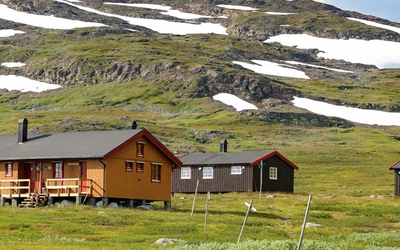
Article

The countries of Scandinavia offer the walker and trekker the chance to experience tranquility and solitude among some of the oldest mountains in the world. Here the walking season comes late, as snow lies in the mountains of Norway until June or later, and returns in the early autumn. The summer days are almost endless and ancient history abounds.
5 Books Available
9 Articles Available